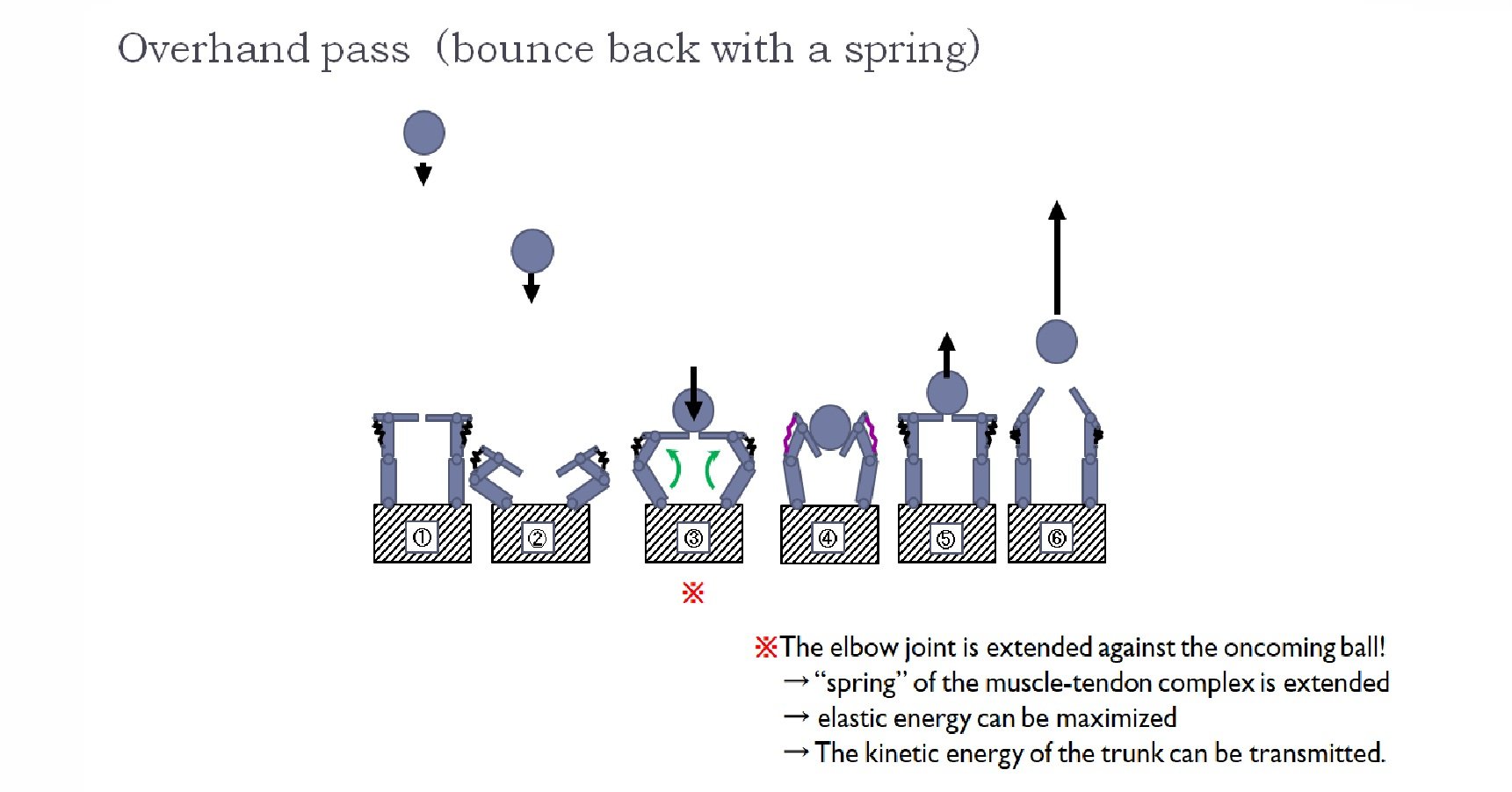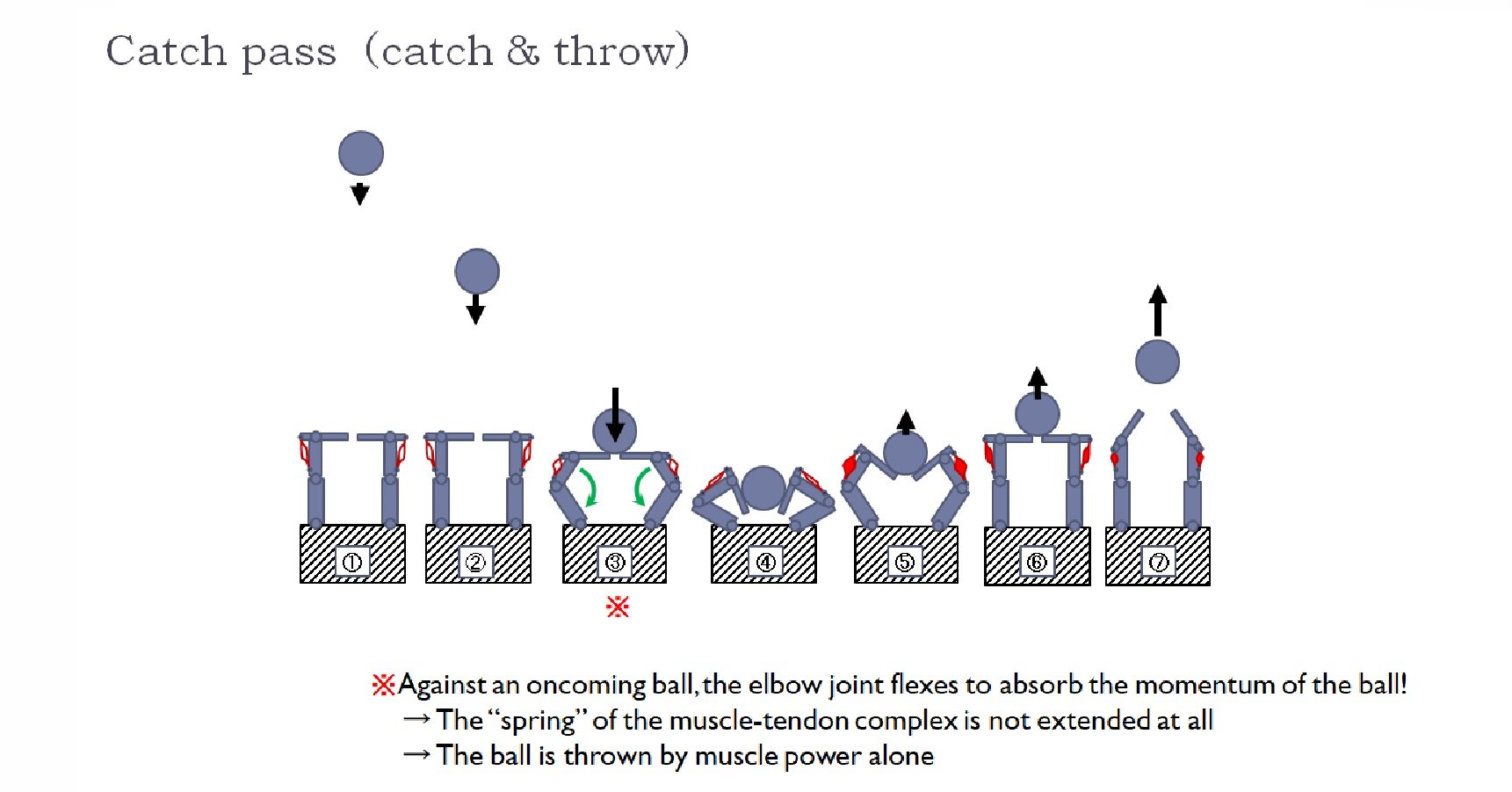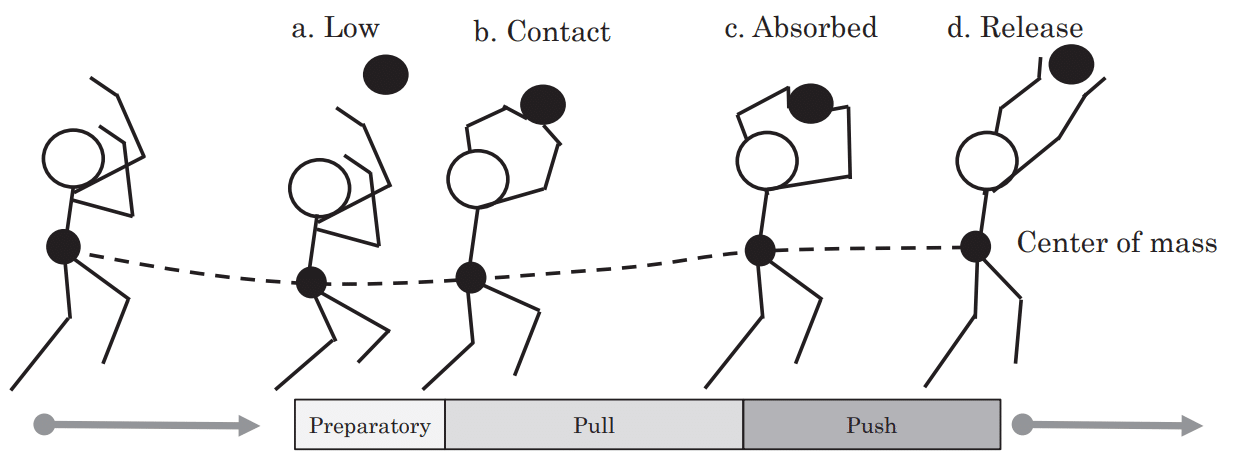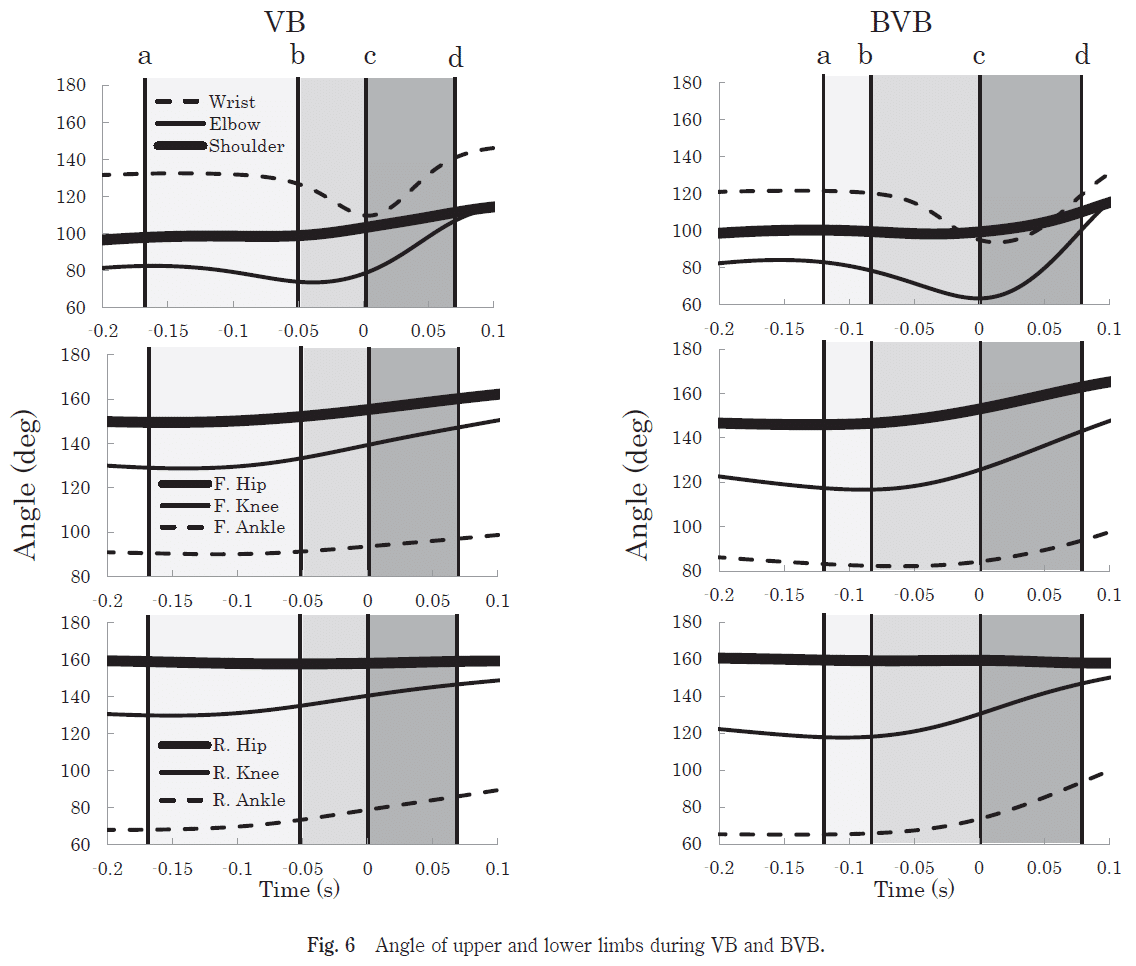In the previous series “Considering the Basics of Setup” 1-5,I explained the principle of “changing direction” and mentioned that practicing “side-setting” is an effective way to learn it. Some people seem to be of the opinion that “side-setting is a more advanced technique than frontal pass and require a high level of handling ability”, but in fact it is quite the opposite: by working on the “changing direction” principle, you will hardly have to mention about handling, and as a result your player’s handling will improve very much.
It may be the current situation in Japan that teaching overhand passes from “catching” to improve handling is often done, but we believe that handling improves better when “catching” is not taught.
Including this secret, in this article, I would like to explain the operating principles of handling, especially the difference from the “catch pass”, and how we should work on it.
When teaching overhand pass to beginners, they start with “catch and throw”, and furthermore, they seem to think that “catch and throw” is inevitable while they do not have the enough strength to fly, and that as they gain strength, they will naturally become a pass without catching, but there is a serious problem with this.
In fact, it is very difficult for players who have learned to “catch” the ball in the lower categories, such as elementary and middle school, to change to the “correct pass” when they move up to a higher category, and both instructors and players themselves have a very difficult time.
In addition, as explained in “Considering the Basics of Setup (4/5)”, if you catch the ball, the position where you capture it and the position where you release it will be different, and you will not be able to get an important sense of “where to capture the ball and in which direction it will fly”, which I must say is a very big negative effect.
I believe that it is necessary to spread the understanding of the operating principles of “pass” and “catch pass” and the differences between them, and to clear up the misconception that “if you catch and throw fast enough, it becomes a pass”.
“Passing” and “Catching and passing” are two different movements: “catch and throw” faster does not make it a “pass”!
The best we currently know about “handling” is Nawata’s explanation in the “Forum” of the “Report on the 21st Research Conference of the Volleyball Society of Japan”, and based on this, the JVA textbook ‘Coaching Volleyball’ also states that “Passing and ‘catching and throwing’ are two different movements”.
Nawata’s explanation is also available as videos. [Forum] Biomechanics of Sets (Part 1) (Part 2)

The essence of the handling of the overhand pass is that “the hand becomes a spring”, that is, “the musculotendinous complex of the fingers is stretched by the momentum of the ball.
‘Coaching Volleyball’ only includes a diagram of the “pass” (Fig. 1), but at the Volleyball Meeting of the Volleyball Society of Japan @Toyama immediately after the publication, a diagram of the “catch pass” (Fig. 2) is also presented.

The difference is in the “elbow movement” after the ball touch. In “pass”, the elbow only “extends” (Fig. 1 ③→⑤), but in “catch pass”, the elbow “bends” (Fig. 2 ③→④) and “extends” (Fig. 2 ④→⑤), which is what “2 way action”means. Clearly, these are two different kinds of movements.
The wrist movement also has two directions, “bending” and “extending” (and the finger movement also has “warping” and “returning”), but the bending (warping) of the fingers is “passively caused by the momentum of the ball (pushed by the ball)” (Fig. 3), and the force is used in one direction, “to extend (palmar flexion)”.

This “elastic energy” is used to “make the hand spring”. The musculotendinous complex of the fingers is stretched by the momentum of the ball, the fingers are extended (dorsar flexed), and the fingers push the ball back forward by the force of the stretched musculotendinous complex returning. However, if the elbow is bent to absorb the momentum of the ball, the “elastic energy” cannot be available, and the hand does not become a spring = “catch”.
When passing, if you reduce the strength of the muscle-tendon complex and soften the spring, the contact time of the ball will be longer, but the elbow movement will not be a “2 way action”. In other words, “catching” does not = “longer contact time”.
Please refer to the paper “Characteristics of motion of the overhand pass in beach volleyball: focusing a technique of deep dish” by Nawata et al. for a detailed analysis of the biomechanics of “2 way action” to see the difference in motion.

Point of lowest body center of gravity (a: Low), Point of ball contact (b: Contact), Point of end of ball buffer (c: Absorbed), Point of ball release (d: Release)

Looking at the change of “solid line: Elbow” in the upper row, it can be seen that in VB (overhand pass), the value almost increases after “b: Contact” (ball touch), in other words, the movement is only in the direction of extension. In contrast, in BVB (2 way action pass), after “b: Contact” (ball touch), the elbow angle value becomes smaller which means once the elbow moves in the direction of flexion, it bends most deeply at the end of the ball buffer (c: Absorbed), and after that it begins to move toward the direction of extension.This is the biomechanics of “2 way action.
The “hand becomes a spring”, which means “the hand is firm with moderate strength and does nothing”. Therefore, the movement of the hand as the ball moves in and out of the hand is a “passive movement”, so don’t try to do it consciously. If you do it consciously, it becomes an “active movement” and a different one. You should not try to do the movement that the ball does for you.
So far I have explained only the “bend→extend” movement of the wrist and the “warp→return” movement of the fingers, but “forearm rotation out and in” in which the hand moves so that the palm faces toward the face and then moves toward the target. Some people are taught to “get the ball from the little finger and release it from the thumb,” which is also considered to be an awareness of this movement, but this “rotation out and in” movement is also due to passive movement by the ball and its repulsion, and we believe that consciously performing this movement is a negative thing.
The reason why it has become so difficult to learn and teach handling is probably because we are trying to do this “passive movement” with our own “active movement” of our own will and according to our own image. The reason why there are so many videos that try to convey various “subtle sensations” as tips is probably because they are trying to do the same impossible thing.
Maybe the overpass is being taught from “catch and throw” in order to get the beginner to work on “acquiring the subtle senses”, which is tempting to teach because it is difficult, but I think it is very unfortunate that they are trying to get the wrong senses.
(Continue to Handling of Overhand Pass (2/3) – Criteria for “Catch”)


